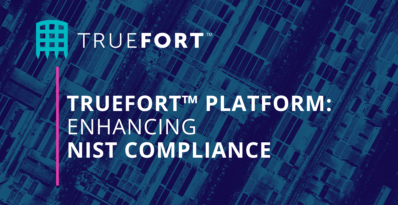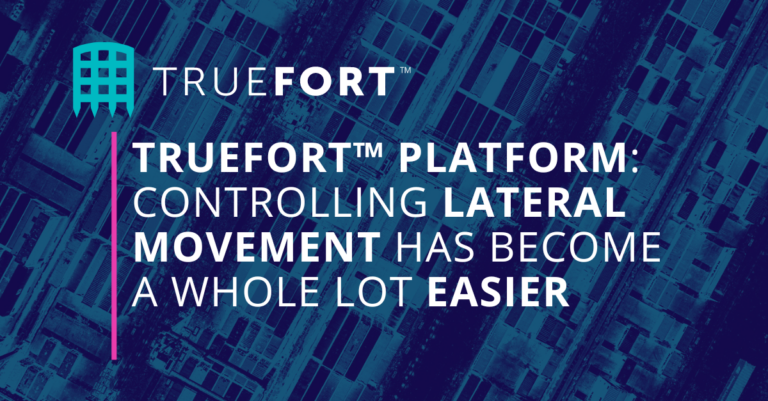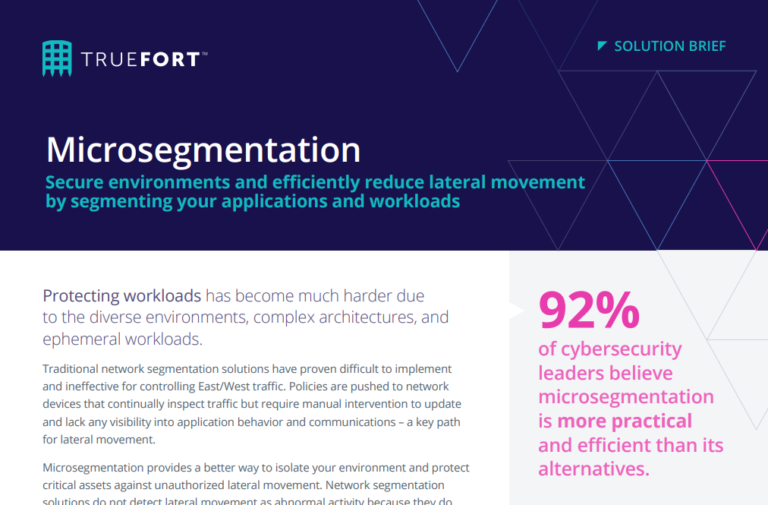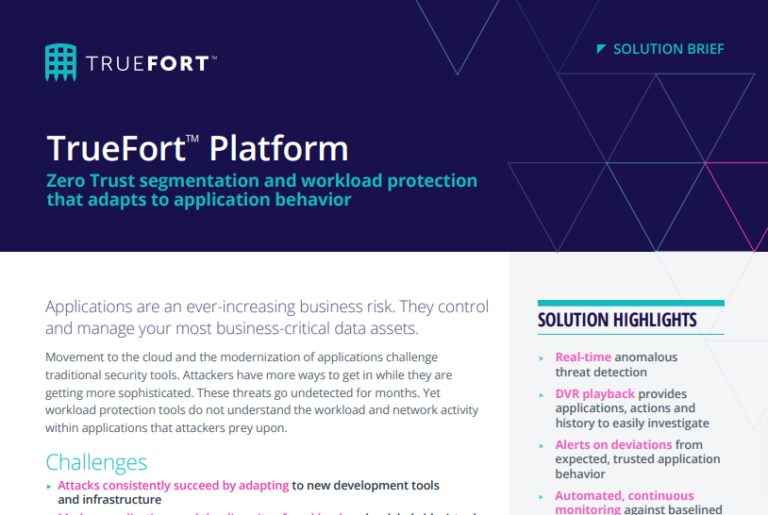TRUEFORT SOLUTION
Supporting the Five Functions of NIST Cybersecurity Framework
The National Institute of Standards and Technology (NIST) Cybersecurity Framework is an evolving guide that helps organizations tackle cyber risks with a proactive, adaptable stance, fostering continual security improvements and operational resilience. Voluntary adoption leads to heightened awareness and cyber readiness, which is crucial for maintaining a secure operational environment in businesses of all sizes.
Securing the functions of NIST regulatory compliance
- Identify: Clear visibility from the data center to the cloud. Understand, monitor, and maintain an organization’s risk posture to systems, applications, assets, and data
- Protect: Lock down critical workloads and service accounts with account profiling, and assign access based on roles and functions to stop unauthorized lateral movement
- Detect: Continuous monitoring and real-time analytics to swiftly detect cybersecurity events, immediately identifying unusual activity to minimize organizational impact
- Respond: Automated event detection and response. Immediate, clear, and actionable alerting. In-depth analysis, with post-incident insights to strengthen future defenses
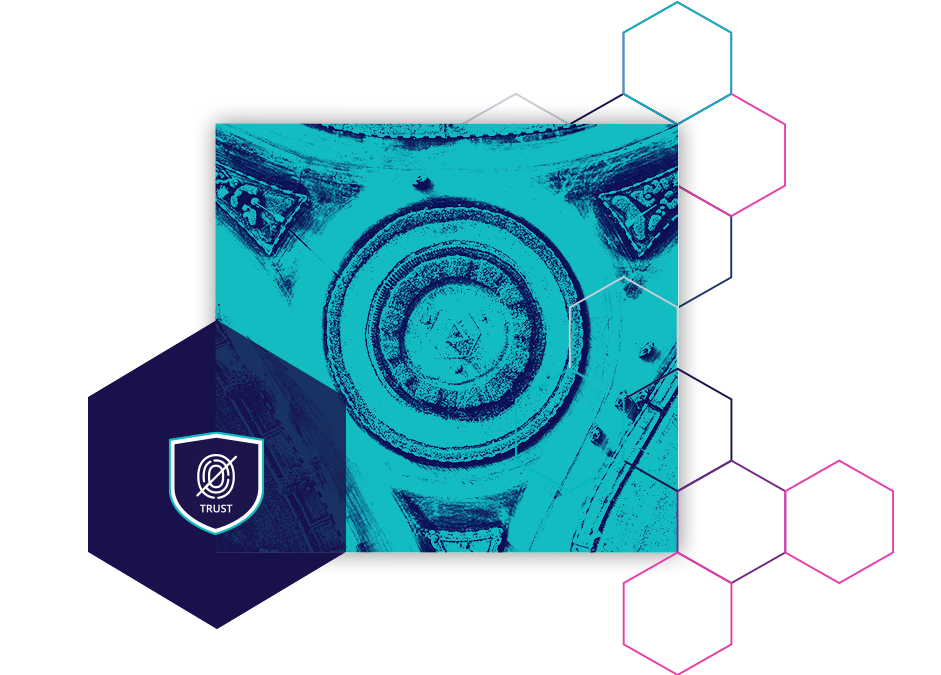
Improving critical infrastructure cybersecurity
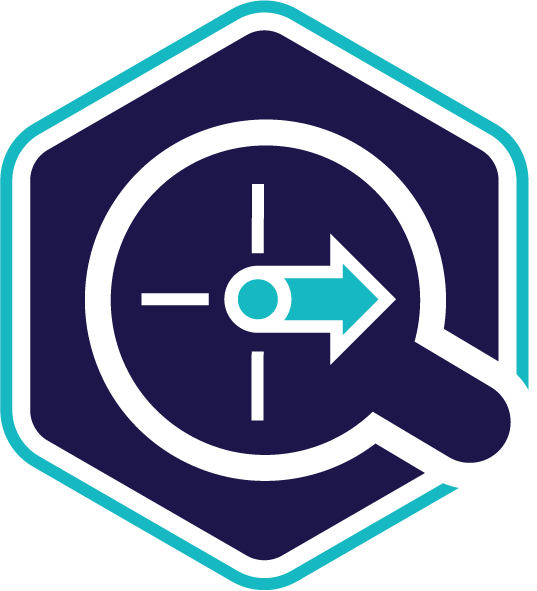
Prevent lateral movement
Halt ransomware by monitoring entitlements across your environment. Control internal traffic, mitigating supply chain attacks and preventing attackers from exploiting system user accounts
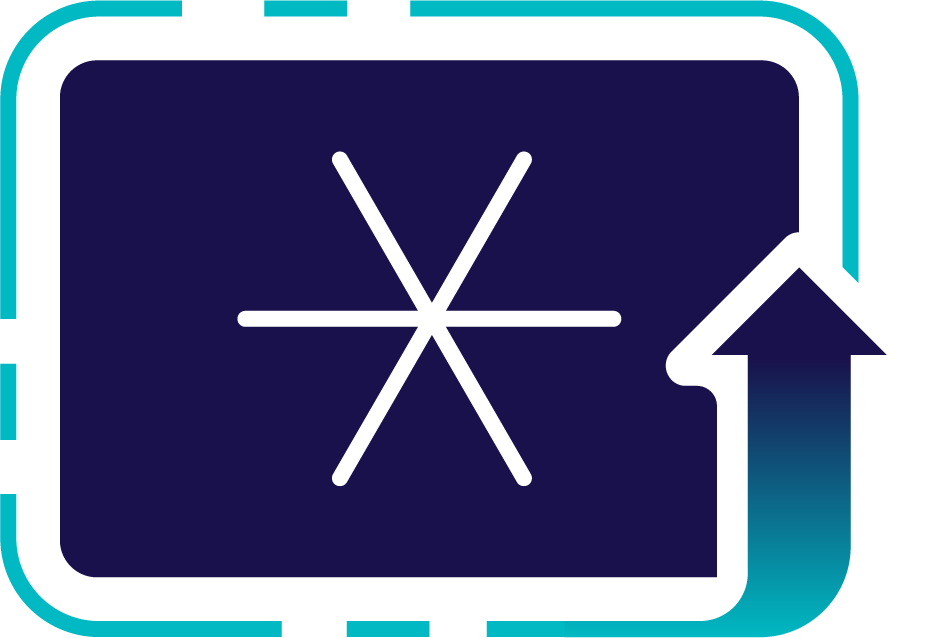
Breach recovery support
Environment visibility and enterprise-level post-event reporting give insights into establishing cyber resilience, while microsegmentation limits the scope of any incident
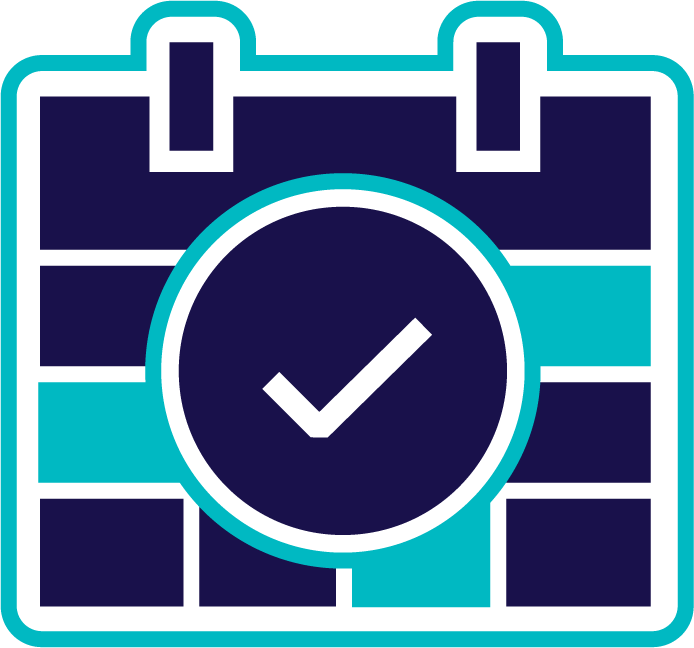
Zero-day defense
Real-time and immediate reactions to zero-day threats. Seeing the unforeseeable, with swift and actionable security team notifications to prevent further escalation of attacks
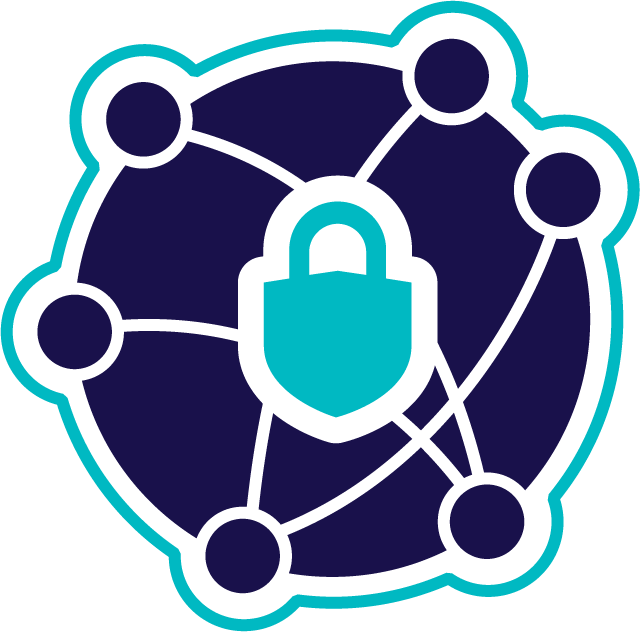
Beyond network segmentation
Improve visibility and operational efficiency with microsegmentation. Minimize the attack surface in data centers and cloud environments. Contain the spread of threats and minimize damage
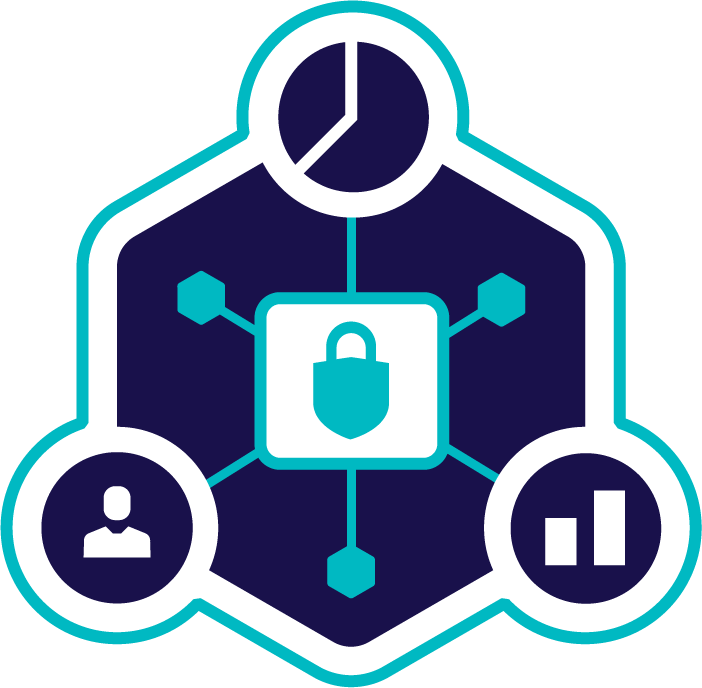
Behavioral insights
Leverage machine learning for an approved activity baseline - mapping typical behavior of applications, workloads, and users. Manage deviation to prevent unverified actions
FAQ
NIST stands for the National Institute of Standards and Technology, a non-regulatory agency of the United States Department of Commerce.
NIST is responsible for developing standards, measurements, and technologies to enhance productivity, facilitate trade, and improve the quality of life. NIST plays a vital role in setting industry standards in various fields, including technology, cybersecurity, manufacturing, and more. Its mission also involves conducting research and development to drive innovation and economic competitiveness in the U.S.
The NIST Cybersecurity Framework is a set of guidelines and best practices designed to help organizations manage and reduce cybersecurity risks.
Developed by the National Institute of Standards and Technology, it provides a flexible and cost-effective approach for improving cybersecurity infrastructure. The framework is organized into five core functions: Identify, Protect, Detect, Respond, and Recover. These functions offer a strategic view of the lifecycle of an organization’s management of cybersecurity risk, making it adaptable for organizations of all sizes and sectors. The framework is widely used and recognized as a key resource for enhancing cybersecurity practices.
NIST compliance refers to meeting the standards and guidelines set forth by the National Institute of Standards and Technology, particularly in the context of cybersecurity and data protection.
For organizations, especially those working with the U.S. federal government or handling sensitive data, adhering to NIST guidelines (like those outlined in the NIST Cybersecurity Framework or specific publications like NIST SP 800-53) is crucial for ensuring the security and integrity of their information systems. Compliance typically involves implementing recommended security controls, procedures, and practices to protect data and IT infrastructure from cyber threats.
Implementing the NIST Cybersecurity Framework involves a multi-step process tailored to an organization’s specific needs:
- First, understand your current cybersecurity posture by identifying existing systems, data, and capabilities.
- Next, define your target state for cybersecurity and identify gaps by aligning with the Framework’s five core functions: Identify, Protect, Detect, Respond, and Recover.
- Develop an action plan to address these gaps, focusing on prioritizing actions based on risk assessments. Implement the plan with appropriate security measures, and continuously monitor and review the security posture to adapt to new threats or changes in the organization.
- Regular training and awareness programs for staff are also vital to ensure effective implementation and ongoing compliance with the Framework.
The main components of the NIST Cybersecurity Framework are:
- Framework Core: Provides a set of desired cybersecurity activities and outcomes using five functions – Identify, Protect, Detect, Respond, and Recover. Each function is further divided into categories and subcategories detailing specific objectives.
- Implementation Tiers: These tiers describe the degree to which an organization’s cybersecurity risk management practices exhibit the characteristics defined in the Framework (from Partial to Adaptive).
- Framework Profile: Represents the alignment of the Framework Core’s elements with the organization’s requirements, risk tolerance, and resources. It’s used to identify opportunities for improving cybersecurity posture.
Resources
